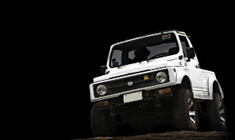News
Information about ceramic coating: 5 key questions answered
I have used it for 2 years on my Mercedes CLA and now I am getting it done on my Jeep Compass as well.
BHPian vattyboy recently shared this with other enthusiasts.
Ceramic Coating was on my list for my Jeep Compass because the shiny, glossy and smooth exterior delivered by it is unmatchable in the market today with any other products.
I am confidently speaking about the positives of the ceramic coating after experiencing them personally for 2 years on My Mercedes Benz CLA. Since I got my 2 cars ceramic coated and I was standing beside my car for all those hours during which the car was getting coated.
In this thread, I want to give you all the information regarding-
- What is ceramic coating?
- Steps followed in the procedure of Ceramic Coating?
- How to maintain Ceramic Coating on your car?
- Should you do Graphene Coating or Ceramic Coating?
- PPF vs Ceramic Coating - which one should you go for?
- Lastly, choose the best detailing studios for yourself

What is Ceramic Coating?
A ceramic coating is made of SiO2 (Silicone Dioxide) and is a type of semi-permanent clear coat that is applied to the exterior of a car to protect it from weather, UV rays, and other environmental hazards like bird droppings and tree saps etc.
- It provides a superior shine and gloss to the paint job and it typically lasts for two to five years depending upon its price.
- Price increases with the thickness of the Ceramic Coatings and a thick coating will last on paint for more years.
- On the positive side, ceramic coating can help to prolong the life of the paint job and make it look better for longer. It can also help to protect the car from minor scratches.
- On the downside, ceramic coating can be expensive for many but for Car Lovers like us, it is worth every penny. Ceramic Coatings can't protect the exterior from stone chippings.
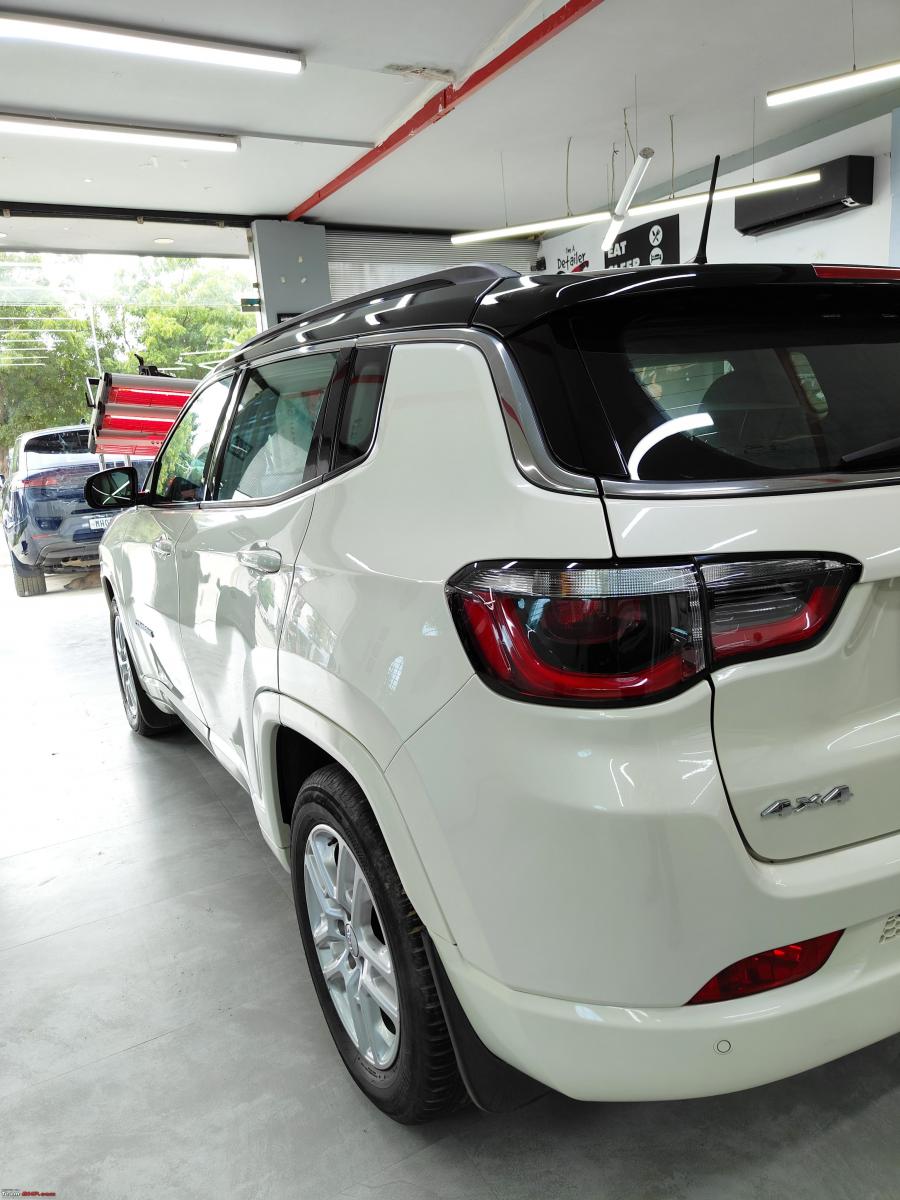
Choosing the Best Detailing Studio for Yourself
Let me tell you why I chose "Detailing Devils"
They manufacture their ceramic coating and use them on their own
- I have seen many detailing studios that buy the ceramic coating of the brand which they get for a lesser price and they keep on shuffling between brands which they get for less to maximize their earnings. For 3 months they use brand A and then for the other 3 months, they use brand B if they get it for less price.
PAN India Warranty Claims and Service
- Suppose I got my car coated in X city and now I got a transfer to Y city, so I can get my car maintained at Y city's studio at no extra charges.
Decent Price
- A 5-year warranty package costs Rs 30 to 35k depending upon the size of the vehicle and I got approx 25% discount on it.
5 years of Free maintenance of Coating
- Every year 1 free maintenance is given in which they detail the car like washing, rubbing and polishing.

All steps followed in the procedure of Ceramic Coating
Preparation:
The first step in the car coating process is to thoroughly clean and dry the vehicle. This ensures that the surface of the car is free from dirt, dust, and other contaminants that could interfere with the application of the coating. After washing the car, they do clay bar treatment on the car.

Clay Bar Treatment
Over time, the paint becomes contaminated with pollutants like road grime, tree sap, dust, bird droppings, and more. This can create a dull, faded appearance that’s difficult (or even impossible) to clean away with conventional methods. Fortunately, there’s an effective solution to remove these contaminants and restore paint’s original lustre – by clay bar treatment.
We can do this at home with the Wavex Claybar kit available on Amazon.
- After good wash and drying, remove the clay bar from its packaging and divide it into smaller, manageable pieces and mould the clay bar into a small, flat disc shape.
- Spray a generous amount of clay lubricant or detailer spray onto the paint section you’ll be working on. This step is essential – the clay bar will stick to your paint without lubrication, which could cause damage.
- Lightly rub the clay bar over the lubricated or spayed paint surface in a back-and-forth motion. You’ll know you’re doing it right when the clay bar starts to slide smoothly over the surface.
- Wipe away any remaining clay lubricant or detailer spray with a clean microfiber towel.
- Fold the clay bar over to a cleaner side and mould it back into a disc.

Paint correction:
If the car’s paint has any scratches, swirl marks, or other imperfections, they will need to be corrected before the coating is applied. This involves rubbing and polishing the paint to remove any defects and create a smooth, even surface.
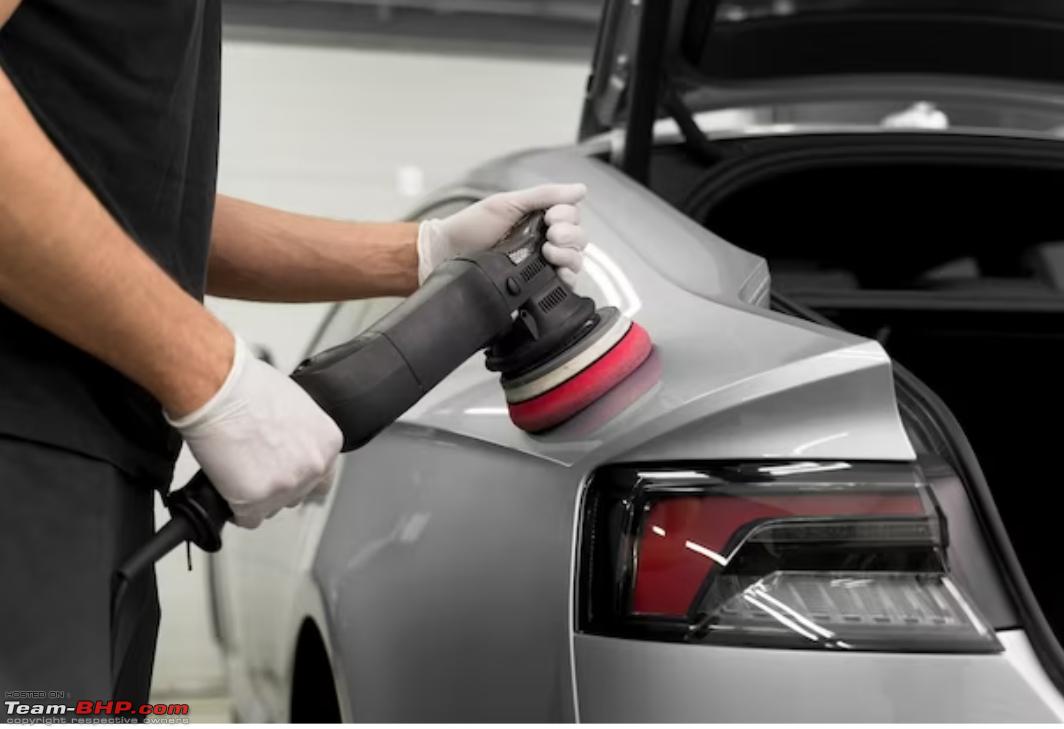
Application:
Once the car’s paint has been properly prepared, the coating can be applied. The specific application process will vary depending on the type of coating being used, but it typically involves applying the coating to the surface of your car using a specialized applicator.

Curing:
After the coating has been applied, it will need to cure for a certain amount of time before it is fully hardened and able to provide maximum protection. The curing time will vary depending on the type of coating being used and the conditions in which it is applied.

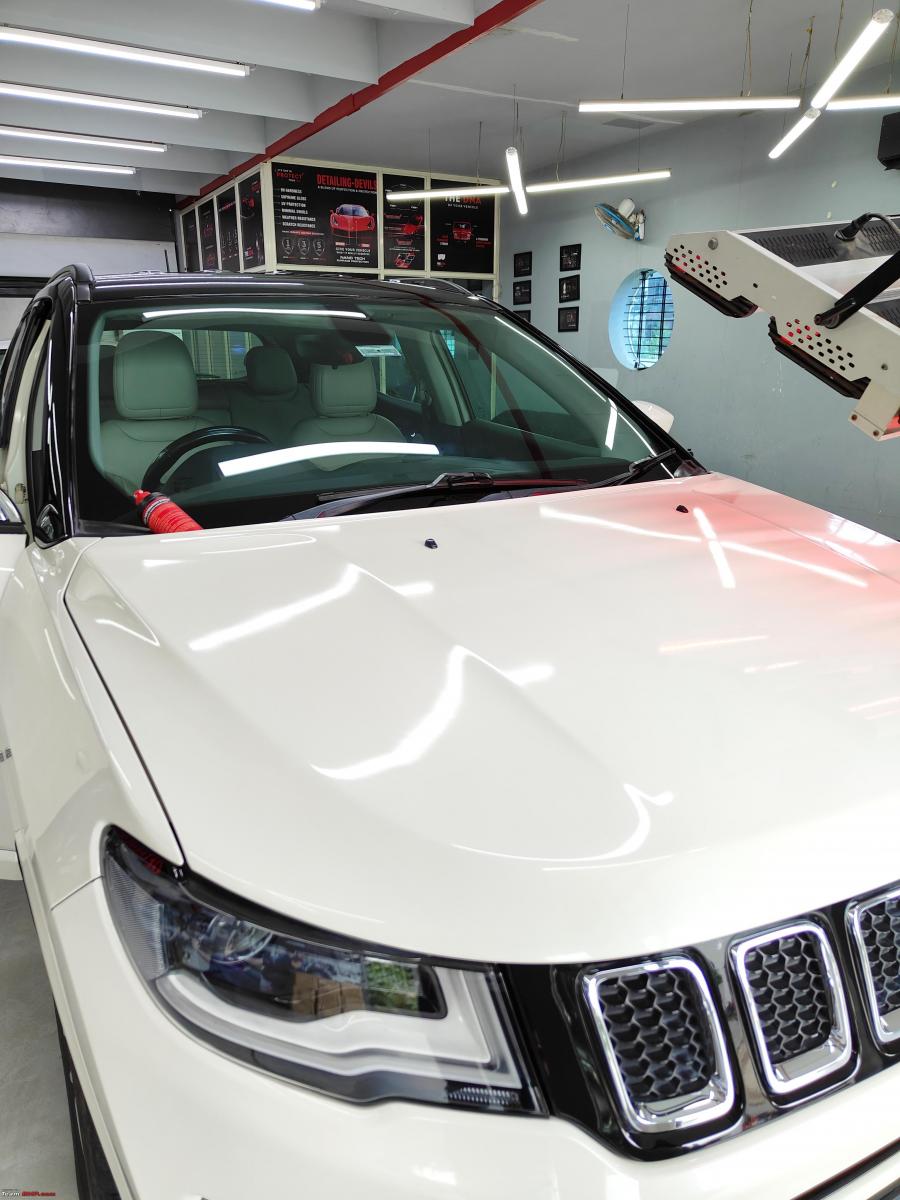

How to Maintain Ceramic Coating on Your Car
Coating Daddy Nano Rinse Shampoo is recommended by them to wash the ceramic coated car followed by a wipe with a soft microfiber towel but any ph-controlled mild shampoo can be used. I also have 3m car shampoo, shineXpro car shampoo and autobros car shampoo.
Dos
- Give your vehicle a 100% hand wash.
- Wash in a top to down manner, doing the dirtiest sections in the last to prevent cross-contamination.
- Always use a pH-neutral car wash shampoo or soap.
- Use a 350 gsm or above microfiber cloth for washing and drying (I have 1600 gsm Shine x pro microfiber which wipes the whole car in one go)
Don’ts
- Never use abrasive products such as cleanser polish or wax.
- Don’t give your vehicle an automatic wash.
- Never wax the coating as it doesn't bond with the coating.
- Never try to remove the spots too aggressively.
Should you do Graphene Coating or Ceramic Coating?
Graphene coating was Rs 10k more expensive than ceramic coating. In my eyes, if it was 3-4k more expensive then we can think about considering it but for 10k more I think it doesn't provide the value.
But if your car colour is on the darker side then I think you can consider graphene coating.
Advantages
- Graphene containing one layer of carbon atoms is the strongest material that exists on the earth.
- Graphene Coating is much sturdier and stronger than ceramic coating.
- Graphene coating makes the surface of the ride amazingly rich, glossy, and beautiful more than any ceramic coating can do.
- The graphene material has a higher contact angle because of its unique honeycomb structure and chemical composition which doesn’t let the water settle down, unlike an ordinary ceramic coating.
- As ordinary ceramic coatings retain the heat and form water spots on the surface of the ride, a simple combination with graphene coatings makes the surface more heat resistant decreasing the water spots significantly.
PPF vs Ceramic Coating - which one should you go for?
- While my car was getting coated, 2 customers came. 1st customer has the complaint that the PPF has started to come out from the edges of the car. So this is the bitter truth, no matter how good it is installed on the car, It is destined to come out from the edges at one point in time.
- The 2nd customer had a minor accident on the rear bumper in which the PPF took the whole impact and saved the paint from getting scratched. In this case, the whole PPF needs to be removed and applied again which will cost similar to getting the whole bumper repainted.
These are my 2 cents, depends upon your choice.
Some pictures of my CLA after Coating.



Check out BHPian comments for more insights and information.



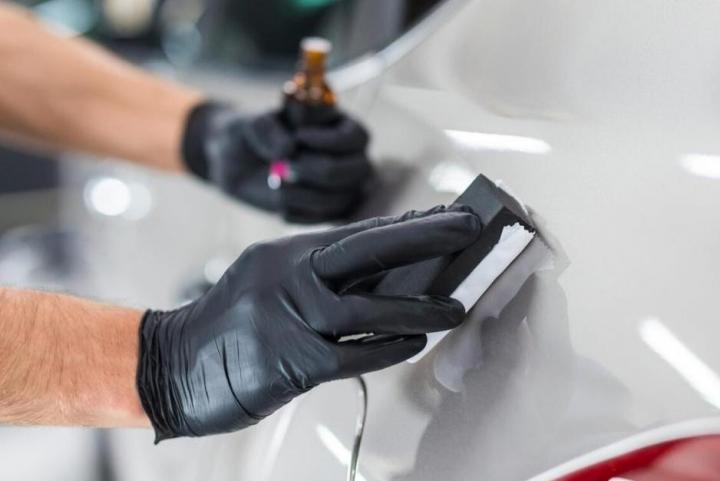
.jpg)



.jpg)


_0.jpg)










